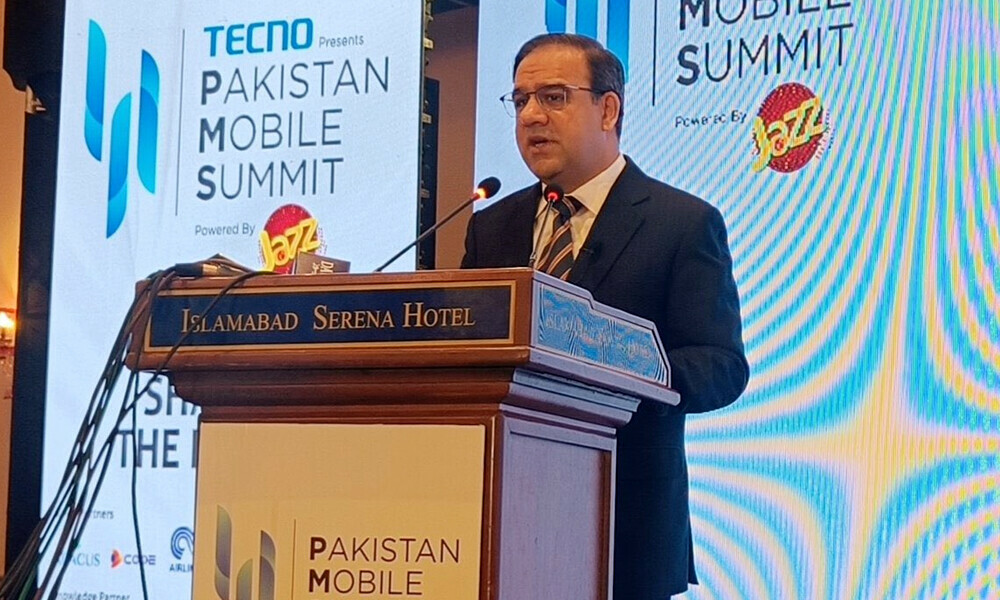Mohsin Siddiqui (Chief Reporter)
In a bid to bolster the production of high-end phones within Pakistan, the government has introduced a 3% R&D (research and development) incentive for the local handset manufacturing industry.
Minister for Information Technology, Dr. Umar Saif, announced this significant development via a post on social media platform X, emphasizing the government’s commitment to enhancing global competitiveness through pricing strategies.
“We announced 3% R&D incentive for the industry to make them globally competitive in terms of price,” stated the minister, highlighting the intention to stimulate innovation within the sector.
Additionally, Dr. Saif outlined the government’s forthcoming plan to manufacture phone components domestically, aiming to render locally produced phones more affordable than imported alternatives through a tariff-differential policy.
Pointing out Pakistan’s position as the seventh largest market for cellular users globally, with 191 million cellular connections, Dr. Saif stressed the imperative to transition from importing to manufacturing mobile phones domestically, aiming to develop an export-oriented industry.
“Our cellphone exports can grow to a billion-dollar industry in the next few years,” he asserted, underscoring the potential economic impact of this initiative.
Furthermore, Dr. Saif hinted at future accessibility enhancements, mentioning upcoming cellphone financing schemes that would enable consumers to purchase phones in installments.
During the Pakistan Mobile Summit, Dr. Saif reiterated the government’s commitment to the local handset manufacturing sector, stating that the 3% R&D incentive would be implemented before the end of the fiscal year, with plans for it to increase to 8% to align with regional policies.
Highlighting the growth trajectory of the local handset manufacturing industry, Dr. Saif revealed that approximately 57 million smartphones have been manufactured domestically thus far, significantly surpassing the annual domestic demand of 25 million phones.
He expressed optimism about the industry’s potential to meet local demand and emphasized the importance of transitioning towards a globally competitive market to leverage the full benefits of local production.




